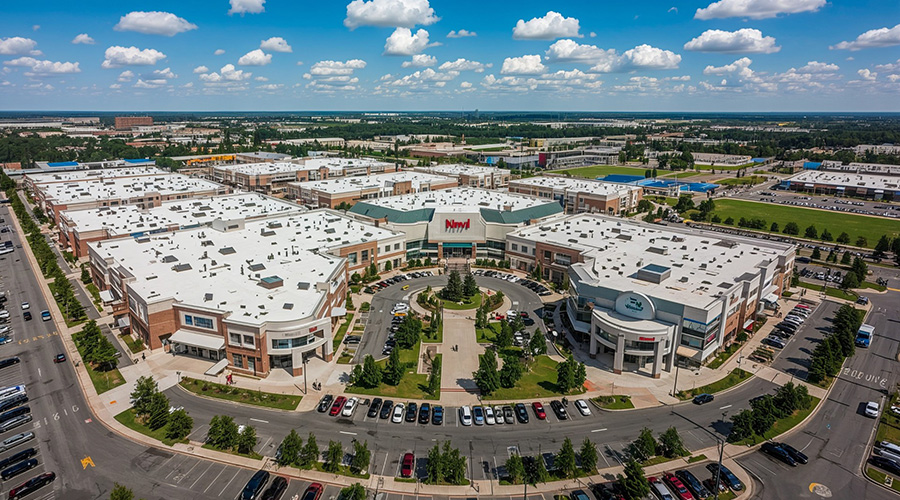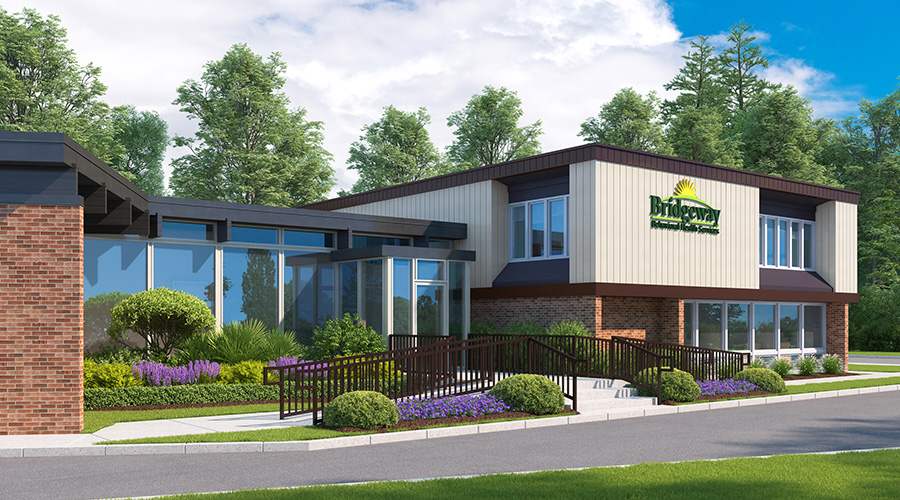Healthcare facilities managers once thought of natural disasters in regions and seasons – tornado season across the Midwest in the late spring and hurricane season on the East Coast in late summer and fall. With the warming climate, though, natural disasters can occur year-round and are emerging in new regions.
Last fall’s tropical storm-related tornados in New Jersey, Pennsylvania and Maryland, as well as the deadly Texas ice storm in February 2021 are just a few examples of expecting the unexpected. Healthcare facilities must practice continuous emergency preparedness in the face of these more intense natural disasters, but is it practical to always be prepared for every emergency?
Understand changing data
Due to climate change, risks to facilities might change year to year. Managers can look at the tornados on the East Coast and see the way they impacted facilities and their care, but they cannot solely project overall emergency assessment on what happened in the previous year.
To that end, the Healthcare and Public Health (HPH) Risk Identification and Site Criticality (RISC) Toolkit can help. This toolkit is an objective, data-driven all-hazards risk assessment that can be used by public and private organizations within the HPH Sector to inform emergency preparedness planning, risk management activities, and resource investments. This is a valuable tool for healthcare facility managers to assess their individual facilities’ risks based on past data and potential future risks, including those that are climate related.
Managers should consider other geographical and environmental changes, such as new residential or commercial developments near a facility. A vehicle manufacturing plant that processes raw commercial materials will increase a facility’s industrial risk and contribute to its Level One Trauma Center response efforts.
All of that said, it’s hard to be prepared for every emergency that could possibly arise all the time.
All-hazards plan
An all-hazards plan provides foundational responses to all disasters, whether the event is a blizzard or industrial chemical leak or something in between. While it serves as a strong base for all disasters, it cannot and should not serve as a catch-all for preparing for specific disasters. Rather, it delineates that the way facilities respond is the same, no matter the disaster.
For example, an all-hazards emergency plan in Indianapolis has provisions for handling a hurricane, but Florida facilities have much more specific plans because a hurricane is far more likely on the coast than in the middle of the country. The RISC Toolkit can help identify the top five risk factors and vulnerabilities in an area and prioritize them.
Climate change is steadily becoming its own emergency line item. Part of the all-hazards plan needs to address the way healthcare facilities respond to disasters sustainably and what their back-up plans are.
Sustainable emergency response
Healthcare facilities have a large impact on the environment, and the conversation about the way facilities can address their impact on climate change and move to more sustainable sources is ongoing and growing. Incorporating solar and wind power and electric vehicles are all high on the priority list, and those conversations should continue to progress. But when it comes to a disaster, how do organizations respond sustainably if sustainable practices become impacted?
A hospital roof arrayed with solar panels in California is a great way to source sustainable power, but wildfires are becoming more prevalent and stronger across the West. If a wildfire breaks out near a solar-powered hospital and the smoke and ash from the fire coat the solar panels, how will the facility get power?
A hospital in Texas might rely on public water and power, but when a storm knocks those utilities offline, what is the backup? How will diesel-fueled generators impact sustainability for the short and long terms?
These questions are not easy to answer. Emergency preparedness and response is a complex topic, as is healthcare facility sustainability. Climate change does not make the conversation easier, and the convergence of all these topics might lead to more questions than answers.
It is vital that managers ask those questions, however, so they can develop plans and responses, no matter the emergency.
Scott Cormier is vice president of emergency management, environment of care and safety at Medxcel. He specializes in facilities management, safety, environment of care, and emergency management and provides healthcare service support products and drives in-house capabilities, saving and efficiencies for healthcare organizations that improve the overall healing environment for patients and staff. Cormier leads the development and implementation of emergency management, general safety and accident-prevention programs for the national network of hospitals Medxcel serves.

 Healthcare Is the New Retail
Healthcare Is the New Retail Bridgeway Behavioral Health Services Launches Campaign to Renovate Health Center
Bridgeway Behavioral Health Services Launches Campaign to Renovate Health Center Ground Broken for New North Dakota State Hospital
Ground Broken for New North Dakota State Hospital AI Usage for Healthcare Facilities
AI Usage for Healthcare Facilities Ground Broken on Pelican Valley Senior Living Modernization Project
Ground Broken on Pelican Valley Senior Living Modernization Project